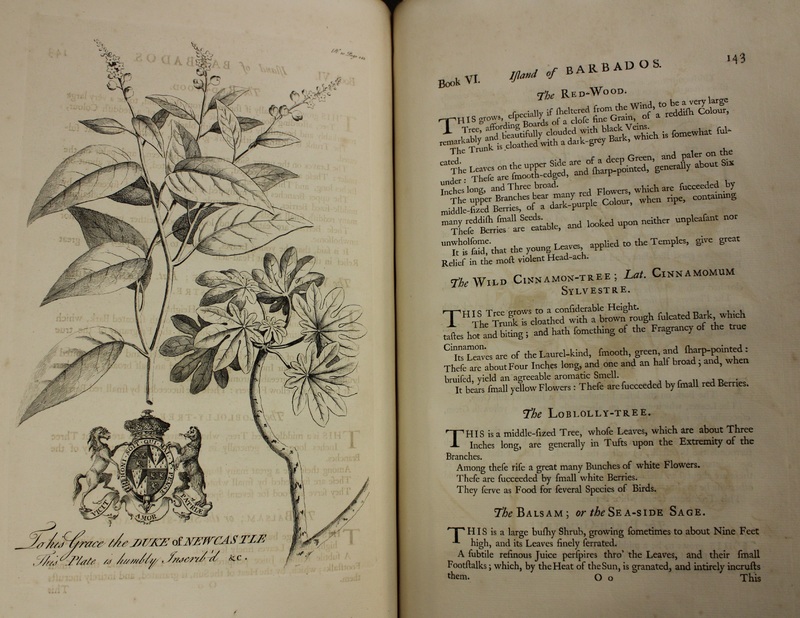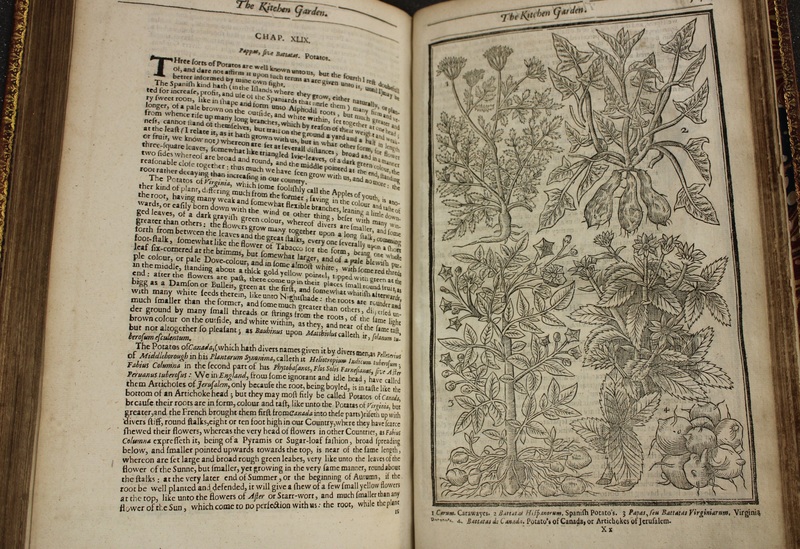Advances in Natural Science and Taxonomy
The desire to observe, denote, and categorise natural phenomena in the world around us — especially plants and animals in all their glorious and subtle variety — was a driving focus of the early modern period. This was driven in part by advances in skilled labour and technology, which permitted the production and wide distribution of ever-more-precise scientific illustrations; by the eighteenth century, copperplate engravings attained a level of sophistication that is almost photorealistic. These explorations of the natural world were also characterised by a burgeoning interest in taxonomy. In botany especially, it was not uncommon for authors looking to make their mark to devise substantially new taxonomies for their subject matter. Though the Linnean convention was eventually adopted, these early experiments in categorisation remind us that taxonomy is an iterative process to this day.



